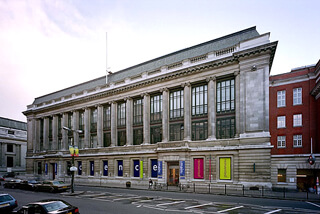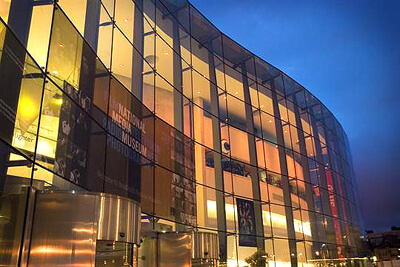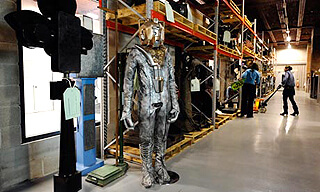The National Museum of Science and Industry
Address: Liverpool Road, Castlefield, Manchester.
Opening hours: 10am - 5pm every day, except 24 - 26 December and 1 January. Entry to the Museum is free.
Contact: Telephone 0161 832 2244

The National Museum of Science and Industry is not just one huge building. In fact, it consists of a group of museums that are dedicated to science and industry. It could well be more appropriately called the Science Museum Group. This is the name that its website has chosen it to be named under. However, the name National Museum of Science and Industry provides a certain kind of unity for all museums that are focused on everything related to science and industry.
The Science Museum Group consists of the National Media Museum (formerly known as the National Museum of Photography, Film and Television), South Kensington’s The Science Museum, Manchester’s The Museum of Science and Industry, Swindon’s The Science Museum, County Durham’s The National Railway Museum and also York’s own The National Railway Museum. By the very names of these individual museums, you get to have an idea what each focuses on.
The group of science museums has been called the “National Museum of Science and Industry” since the early twenties. The group started becoming more specific with their so-called “outstations”, which are the National Photography Museum and The National Railway Museum. For a time, the HM Government was in charge of The Science Museum. In 1984, a Board of Trustees took over.

Manchester’s Museum of Science and Industry (MOSI) is the most recent addition to the Science Group. It, as well as the other museums under the Science Group, makes learning about science a lot more fun. Its collections are actually made up of mostly gifts. This goes to show that several people actually recognise the importance of museums and the knowledge that they are able to pass on to people who take enough time to visit.

The collections or acquisitions of the museums that belong to the Science Museum Group consist of fascinating and yet seemingly ordinary objects. For example, you may not be that interested in the generic clocks that you see in shops today but you will certainly want to know what people of yesteryears used to look at to check the time. Some look similar to the antiques that you may see in specialty shops but others are a lot more interesting.
The Science Museum Group or The National Museum of Science and Industry provides visitors with a glance of how science and industry have evolved through the years. It seeks to make people appreciate more of what investors had been able to do for all of us.